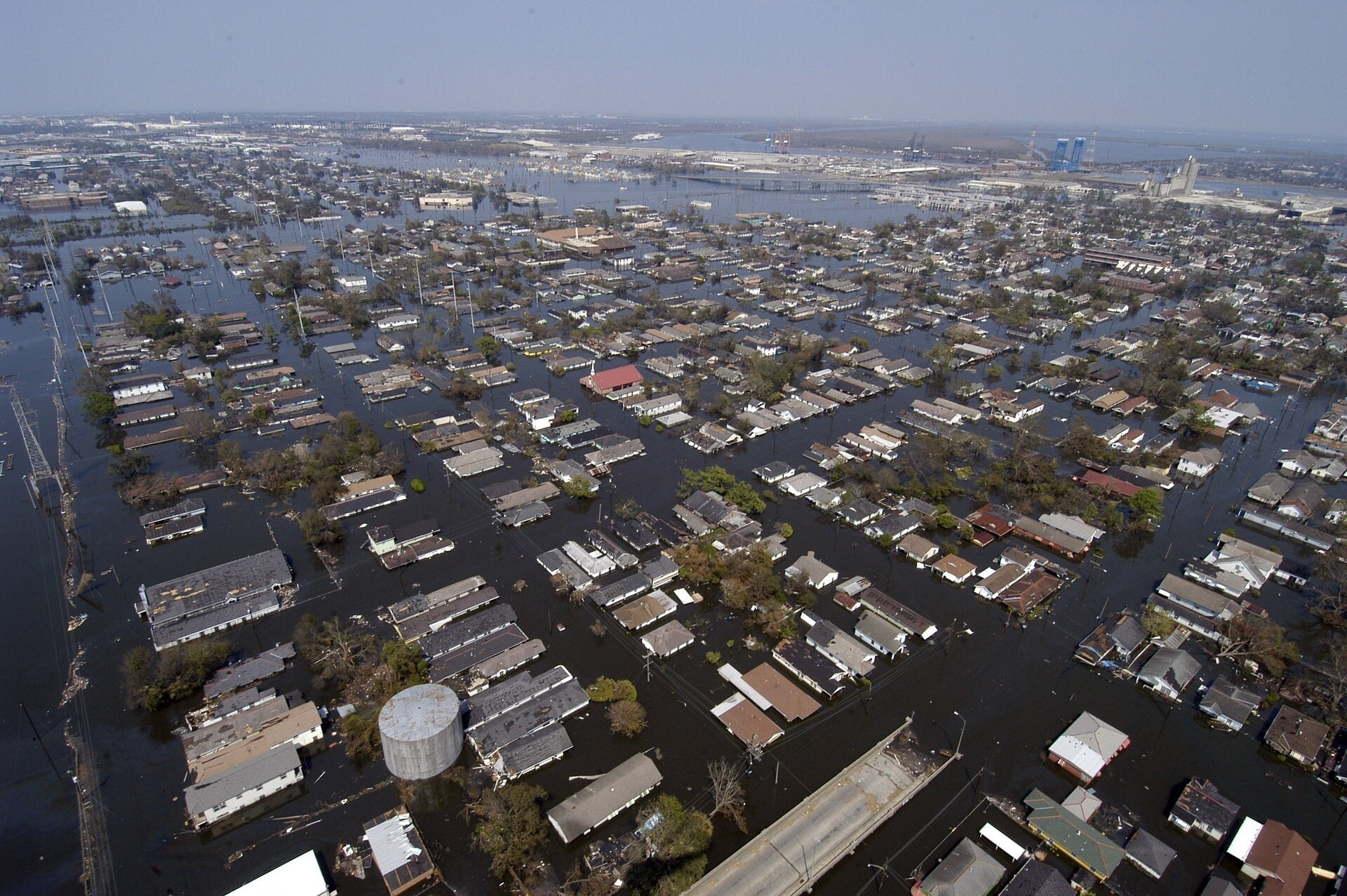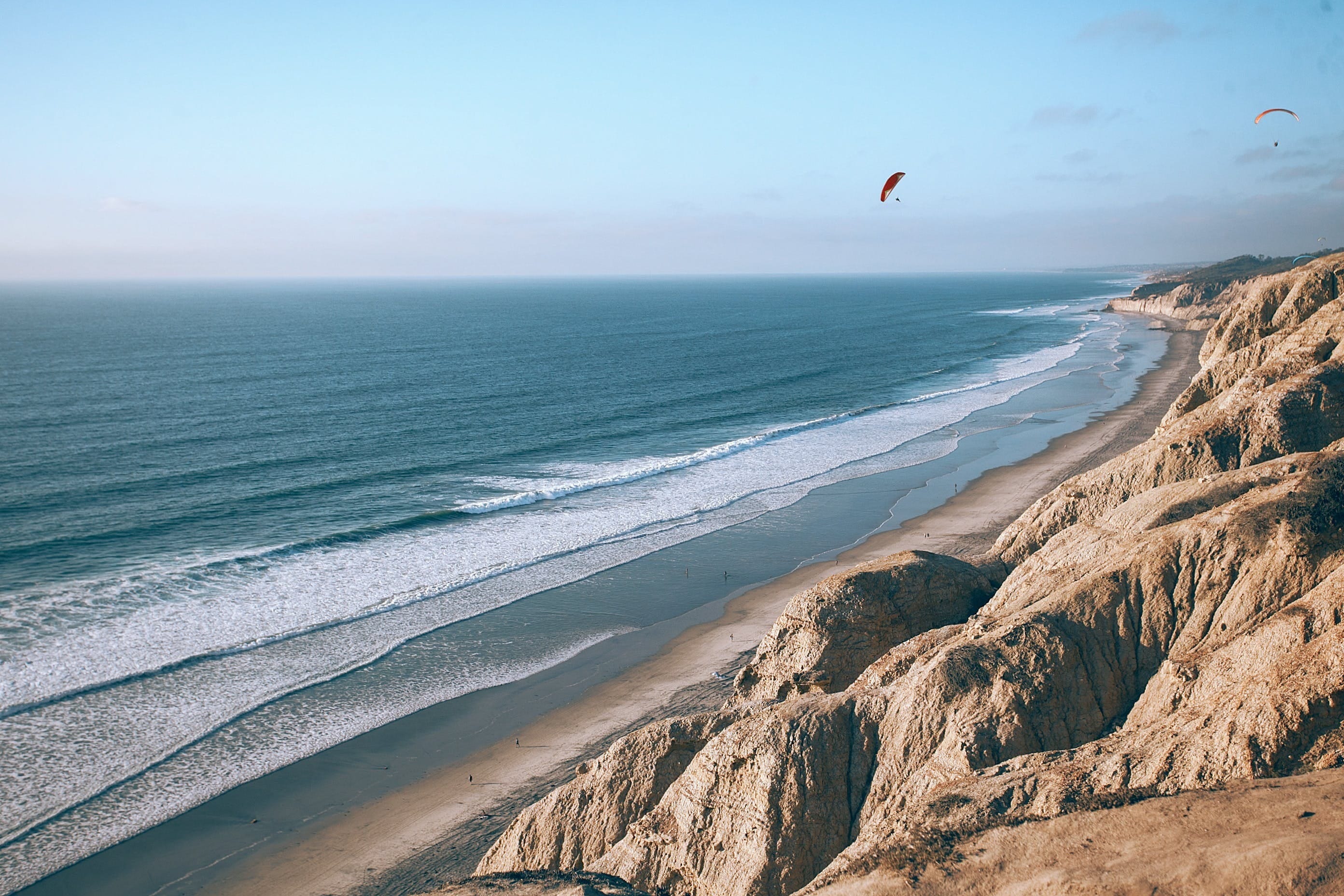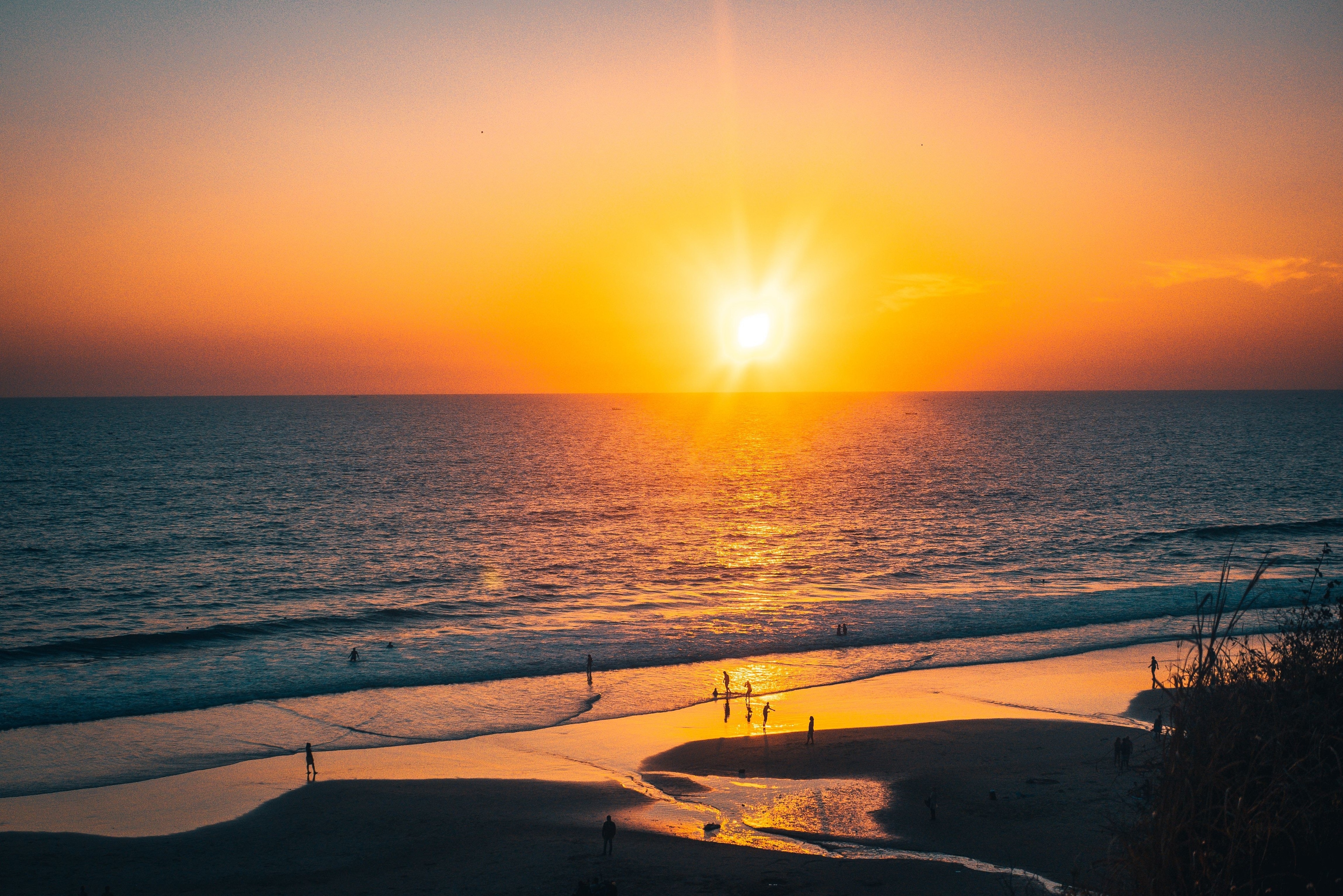The link between sustainable development and disaster risk


Get involved with our crowdsourced digital platform to deliver impact at scale
Stay up to date:
Global Risks
At the 3rd World Conference on Disaster Risk Reduction (WCDRR) in Sendai, Japan, we sat down with Steve Sparks to talk about the close links between sustainable development and disaster risk reduction, and why volcanoes are the main source for a rare but important commodity.
Why does WCDRR matter?
The main issue is that the world is becoming more vulnerable to the impacts of natural hazards like earthquakes and floods, for all sorts of reasons – population growth, environmental degradation, inequality and climate change. These disasters are costing lives and huge amounts of money and we’ll need to take much more notice of them, and take them into account in economic development and moving towards a sustainable future.
The WCDRR is a UN process in which the world’s countries can get together to cooperate, collaborate and improve their resilience to natural events. The key message of the conference is the need to factor in future losses that are bound to accrue to natural hazards into their development. We’re moving from a reactive response to disasters to a more proactive response which makes communities more resilient to the effects of these natural phenomena.
This conference is about integrating and mainstreaming disaster risk reduction into economic development and a sustainable future. This new approach is a major shift in emphasis in how the world coordinates efforts to reduce disaster risk.
How have the views developed since the last 10 years? What’s different this time compared to 10 years ago?
We used to see natural hazards and disasters as acts of God that society had to protect itself from. That’s a view that has been around for thousands of years. Now we appreciate that natural hazards are always going to happen, and so we need to integrate protecting society from these events into economic development. We are working hard to learn from previous disasters and to anticipate new events and then take steps before they happen.
Are you hopeful that the new framework will have an impact?
I think chances of success have been increased, because the language of discussions has shifted towards integration of disaster risk into sustainable development. This changes the view of decision makers, and it’s really important. They will no longer think of disaster risk as something separate. It affects planning, funding and budgets.
Until recently, even with the Hyogo Framework for Action framework, almost all government money to support disaster risk has gone into emergency relief. In the Hyogo Framework, there was a commitment for all governments to allocate 10% of their funds for disaster risk reduction to anticipation and preparedness. In actual fact, this target has not been achieved. Second, when you look at the money that’s been ascribed to prevention in terms of disaster risk reduction, most of that money has been spent in four countries: Pakistan, Indonesia, India and Bangladesh. These are all places which had just had disasters when they received the DRR funding, so it’s hard to argue that the money has truly been spent on prevention.
What’s your field, what are you working on?
I am a volcanologist and I work on a variety of issues around volcanic hazards and risks. I’m coordinating an international effort by the world’s volcanologists to make a global assessment of volcanic risk. The results of this work have been presented at the Sendai conference. We’ve done a systematic mapping of communities with high volcanic risk, which includes identifying high risk volcanoes with little or no monitoring. The study has revealed issues around the quality of data and the analysis of data to feed into risk reduction. Volcanologists need to improve their data, coordinate and standardize the way data are collected and archived. They also need to make more efforts to translate the data and the science into useful forms for disaster risk reduction.
In our study, we have identified the distribution of volcanic risk around the world, with the surprising finding that two-thirds of global volcanic risk is in Indonesia. This is in part because they have a lot of volcanoes, but also because there are so many people living around them. The same analysis shows the high vulnerability of small island nations to volcanic risk.
A large magnitude explosive eruption is the only natural hazard – apart from meteorites – that can have a direct global impact.
Q: Can we expect one of those soon?
There’s a 30% chance that an eruption of this scale could happen in the 21st century. Here at Sendai there have been some discussions about setting up a global contingency fund. This is an example of a financial mechanism to encourage spending on disaster risk reduction before the disaster happens. The challenge here is to identify the most risky places, where these funds should be invested. This is where science can play a big role by forecasting future hazardous events and their associated losses.
The European Union has an emergency fund for disasters related to natural hazards. Can you explain how it works, and is it a good example of such a financial mechanism?
It used to be that member states had to demonstrate 3 billion euros of loss from a disaster to be able to access the fund, this has now been changed to generally 1.5% of regional GDP. However, this mechanism doesn’t encourage investment in disaster risk reduction because you only get the money if the disaster happens and you can demonstrate that it has exceeded this cost.
How could this be done better?
One example is parametric insurance. In this type of insurance, nation states pool their risk and you have a payout not based on loss, but a payout based on some parametric value, such as wind speed in a cyclone or ground acceleration in an earthquake. As soon as the threshold is breached, you get the payout and you can immediately use the payout to support the recovery. This mechanism, which is supported by the World Bank in the Caribbean, is expected to encourage investment in disaster risk reduction because the payout is independent of the loss. Investment in reducing your loss doesn’t affect your payout.
Tell us one thing that people generally don’t know about volcanoes that you think they should know.
Most of the world’s copper is mined from old volcanoes. Copper is an important natural resource for the modern world. We wouldn’t have the internet and safe hospitals without copper. Copper is anti-bacterial and the WHO has said that stainless steel in hospitals is encouraging the spread of super bugs. Covering metal surfaces with a copper film can help prevent the spread.
Concentrations of copper sufficient to mine are formed by volcanic gases. Natural concentrations of copper high enough to mine require flows of volcanic gas from deep in the earth.
This article is published in collaboration with Road to Paris. Publication does not imply endorsement of views by the World Economic Forum.
To keep up with Agenda subscribe to our weekly newsletter.
Author: Johannes Mengel is Communications Officer and Online Editor at the International Council for Science. Denise is Head of Communications at the International Council for Science and Road to Paris Editor-in-Chief.
Don't miss any update on this topic
Create a free account and access your personalized content collection with our latest publications and analyses.
License and Republishing
World Economic Forum articles may be republished in accordance with the Creative Commons Attribution-NonCommercial-NoDerivatives 4.0 International Public License, and in accordance with our Terms of Use.
The views expressed in this article are those of the author alone and not the World Economic Forum.
Related topics:
The Agenda Weekly
A weekly update of the most important issues driving the global agenda
You can unsubscribe at any time using the link in our emails. For more details, review our privacy policy.
More on Global RisksSee all
Gareth Byatt and Ilan Kelman
March 11, 2024
Andrea Willige
March 6, 2024
Richard Aster
November 15, 2023
Ian Shine and Rebecca Geldard
November 14, 2023
Andrea Willige
October 26, 2023
Simon Torkington
September 14, 2023






